The Cattedrale di Santa Maria del Fiore, symbol of Florence, displays impressive dimensions, with its elements in polychrome marble. Its famous dome, masterpiece of Brunelleschi, dominates the city and remains one of the greatest achievements of the Renaissance.
On the Piazza del Duomo, the historic, artistic, and spiritual heart of Florence, the cathedral is accompanied by Giotto’s Campanile and the Baptistery of San Giovanni, forming a unique architectural complex.
Consecrated in 1436 upon completion of the dome, this cathedral is one of the largest religious buildings in Europe. Its dome rises to 114 meters in height, and its interior is adorned with the vast fresco of the Last Judgment (late 16th century).
The combination of Gothic volumes, the mass of the Renaissance dome, and the verticality of the campanile make Santa Maria del Fiore a landmark building, emblematic of Florence’s architectural evolution between the Middle Ages and the Renaissance.
Highlights not to miss
- Brunelleschi’s Dome: with its 45.5 m diameter, it remains the largest masonry dome ever built. Its interior decoration, the monumental fresco of the Last Judgment, covers more than 3,600 m².
- The stained glass windows: designed by renowned artists such as Donatello, Lorenzo Ghiberti, and Paolo Uccello, they are among the most important ensembles of 15th-century stained glass in Italy.
- The polychrome marble pavement: created between the 14th and 16th centuries, it features complex geometric patterns.
- Giotto’s Campanile: a Gothic masterpiece decorated with reliefs and statues, several sculpted by Andrea Pisano and Luca della Robbia (the originals are preserved in the Museo dell’Opera del Duomo).
- The Baptistery of San Giovanni: its medieval mosaics and bronze doors by Ghiberti and Pisano represent the peak of Gothic art and Renaissance sculpture.
- The Museo dell’Opera del Duomo: located nearby, it preserves numerous original works, including Michelangelo’s unfinished Pietà, Brunelleschi’s models for the dome, and the original panels of the baptistery doors.
- The crypt of Santa Reparata, remains of the ancient cathedral, brought to light by excavations.
Brief history of the construction
The construction of Santa Maria del Fiore began in 1296 on the foundations of the ancient church of Santa Reparata, under the direction of Arnolfo di Cambio. After his death, the works were continued by Giotto, appointed master builder in 1334, then by Andrea Pisano and Francesco Talenti, who completed the vast nave.
The dome, left unresolved for decades due to its immense span, was finally built between 1420 and 1436 by Filippo Brunelleschi, thanks to a revolutionary technique of self-supporting masonry. At the consecration in 1436, the façade remained unfinished and was eventually dismantled in 1587. After many competitions, the definitive façade, in neo-Gothic style, was designed by Emilio De Fabris and completed in 1887, nearly six centuries after the start of the works.
Brunelleschi’s Dome
An innovative architecture
Brunelleschi’s dome, a Renaissance masterpiece, has a diameter of 45.5 m, slightly larger than that of the Pantheon in Rome. With the drum, it reaches 70 m in height, and 114.5 m with the lantern.
Built between 1420 and 1436, it was constructed without wooden centering, thanks to an ingenious system of a self-supporting double shell and stone and iron chains. This double shell, one internal and one external, solved the technical challenge of the span without the use of wooden centering.
Brunelleschi used innovative mobile scaffolding inside the dome.
Creating the largest masonry dome of its time, the technical solution marked a decisive turning point in the history of architecture and is considered one of the starting points of Renaissance architecture, making Brunelleschi a pioneer of modern architecture.
The frescoes of the dome
The interior of the dome is covered with a monumental fresco of the Last Judgment, begun by Giorgio Vasari in 1572 and completed by Federico Zuccari in 1579. This fresco, covering nearly 3,600 m², is one of the largest pictorial undertakings of the 16th century. It displays a multitude of crowded scenes: angels, saints, the damned, and allegorical figures, in a composition illustrating the grandeur of the Counter-Reformation. The ascent to the dome, accessible by an internal staircase, allows visitors to view this fresco up close and reach the lantern at the top, from where there is a spectacular view of Florence and its surroundings.
The immense decoration is divided into eight segments, themselves structured in thematic registers: at the top, the 24 Elders of the Apocalypse, followed by the angelic choir of the Instruments of the Passion, the Risen Christ, the virtues and gifts of the Holy Spirit, the blessed, and finally, in the lower zone, the scenes of Hell and the capital sins.
The campanile and the baptistery
Next to the cathedral, Giotto’s Campanile, begun in 1334 by the master and continued by Andrea Pisano and Francesco Talenti, was completed in 1359. Clad in white, green, and pink marble, it is about 84.7 m high and is a remarkable example of Florentine Gothic architecture.
Facing the Duomo, the Baptistery of San Giovanni (11th–12th centuries) is famous for its sculpted bronze doors. The most renowned, nicknamed the “Gates of Paradise” by Michelangelo, was created by Lorenzo Ghiberti between 1425 and 1452 and illustrates scenes from the Old Testament. The interior preserves a monumental 13th-century mosaic of the Last Judgment, attributed to Byzantine masters and Cimabue.
Visit and description of Florence Cathedral
The fifth largest church in Europe, Florence Cathedral can accommodate about 30,000 worshippers. It measures 153 meters in length, 38 meters in width for the main nave, and nearly 90 meters in height at the transept. Its Latin cross plan, with three naves, ends with a vast choir surrounded by polygonal tribunes. The building impresses with its dimensions and its austere interior, characteristic of Tuscan Gothic architecture.
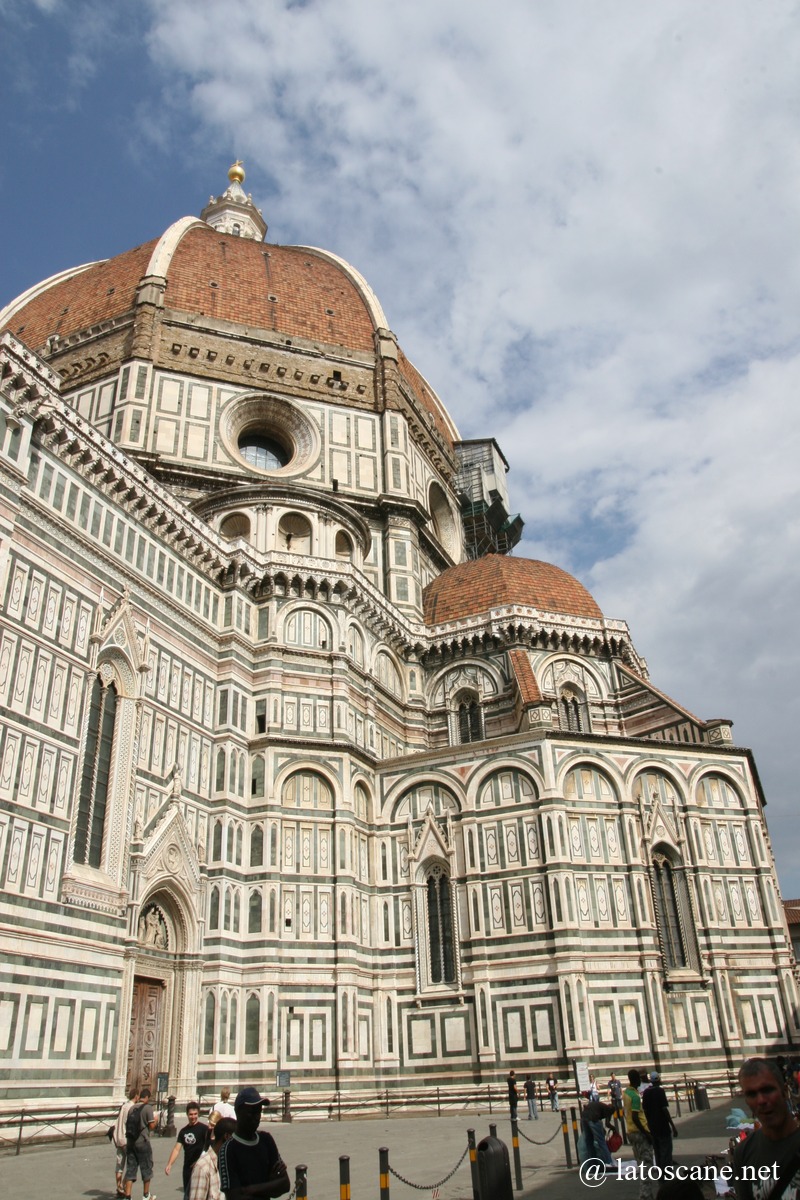 The exterior: the façade and sides
The exterior: the façade and sides
The exterior of Florence Cathedral stands out for its cladding in white, green, and pink polychrome marbles (white marble from Carrara, green marble from Prato, and red marble from the Maremma), both on the façade and on the sides.
The present façade, in neo-Gothic style, was completed in 1887 by Emilio De Fabris and features rich ornamentation of statues, mosaics, and rose windows. It uses the same marbles as the rest of the building.
The central portal depicts the Virgin surrounded by the protectors of Florence, while the side tympana feature Mercy and Faith. Above, the frieze aligns the statues of the apostles.
The oldest preserved part of the exterior is the Porta della Mandorla, on the north side of the cathedral, decorated with a relief of the Assumption of the Virgin in a mandorla, sculpted by Nanni di Banco around 1420.
The interior: a vast, sober space
The interior conveys an impression of immensity and Gothic sobriety, along the 153 meters of the three naves separated by large pointed arcades, lit by subdued light from the stained glass.
The polychrome marble pavement immediately catches the eye with its elaborate geometric patterns, created between 1526 and 1660. The vast octagonal sanctuary at the center is surrounded by three apses.
The stained glass windows of the cathedral, created between 1434 and 1460 by artists such as Donatello, Paolo Uccello, Andrea del Castagno, and Lorenzo Ghiberti, are among the most important ensembles of 15th-century Italy. They depict scenes from the Old and New Testaments, as well as figures of saints, bathing the interior in deep colors. Above the choir rises Brunelleschi’s Dome, whose monumental fresco of the Last Judgment dominates the space and irresistibly draws the gaze of visitors.
The sanctuary, with its high altar and polygonal tribunes, forms the liturgical heart of the building. The monumental clock painted by Paolo Uccello in the 15th century, which still works today according to the old “alla romana” time system, is remarkable.
Several side chapels house frescoes and sculpted works, sometimes moved to the Museo dell’Opera del Duomo.
In the left nave are two frescoes of famous condottieri: Niccolò da Tolentino, painted by Andrea del Castagno in 1456, and Giovanni Acuto (John Hawkwood), painted by Paolo Uccello in 1436.
Other notable works include panels of saints executed by Bicci di Lorenzo, the large fresco Dante and the Divine Comedy by Domenico di Michelino (1465), as well as the ensemble of stained glass windows designed in part by Donatello, Ghiberti, and Uccello.
Museo dell’Opera del Duomo
The Museo dell’Opera del Duomo is located behind the Cathedral of Santa Maria del Fiore and houses an exceptional collection linked to the construction and decoration of the Duomo, Giotto’s Campanile, and the Baptistery. Completely renovated in 2015, it offers a modern and clear itinerary through more than 750 works.
The visit allows one to understand the history and evolution of the cathedral, from its medieval beginnings to the Renaissance, and to discover the original masterpieces now preserved inside the museum, while copies still decorate the exterior monuments.
Here are preserved the originals of Ghiberti’s famous Baptistery doors, including the “Gates of Paradise”, as well as major sculptures by Donatello, Luca della Robbia, and Michelangelo. The latter is represented by his last Pietà, the so-called Pietà Bandini, which he had begun for his own tomb.
The museum reconstructs the medieval façade of the cathedral with a display of the statues that once adorned it. Also exhibited are instruments and models used for the construction of Brunelleschi’s dome, offering a unique insight into this engineering feat.
FAQ – Florence Cathedral and the Duomo Complex
- What are the opening hours of the Duomo complex?
The complex (dome, campanile, baptistery, museum, crypt) has varying hours depending on the monuments and the days.
The dome is accessible from 8:15 a.m. on weekdays.
The interior of the cathedral is generally open from 10:15 a.m. to 4:45 p.m., but may be closed on Sundays and public holidays. - Is a ticket required to enter the cathedral?
Entrance to the cathedral (the nave) is usually free.
However, to climb the dome, the campanile, visit the baptistery, the crypt of Santa Reparata, or the museum of the Opera, a ticket or specific pass is required. - How many steps to climb to the dome or the campanile?
Brunelleschi’s Dome: 463 steps.
Giotto’s Campanile: also several hundred steps, likewise without an elevator. - How much time to allow for visiting the Duomo and its annexes?
To see everything (dome, baptistery, museum, campanile, crypt), plan 2 to 4 hours depending on your pace and possible waiting times. - When to book tickets? Can they be bought on site?
It is strongly recommended to book in advance, especially for the dome climb, as the number of places is limited and time slots imposed. - Best times to visit to avoid crowds?
Avoid Sunday mornings and public holidays when the cathedral is closed to tourists for services. In high season (spring, summer), queues are very long early in the morning or late afternoon. Less busy periods (autumn, winter except holidays) are quieter.
Opening time or shortly before closing are the least crowded moments. Sunset is particularly appreciated from the campanile.
Activities on Piazza del Duomo and the Cathedral
Gallery
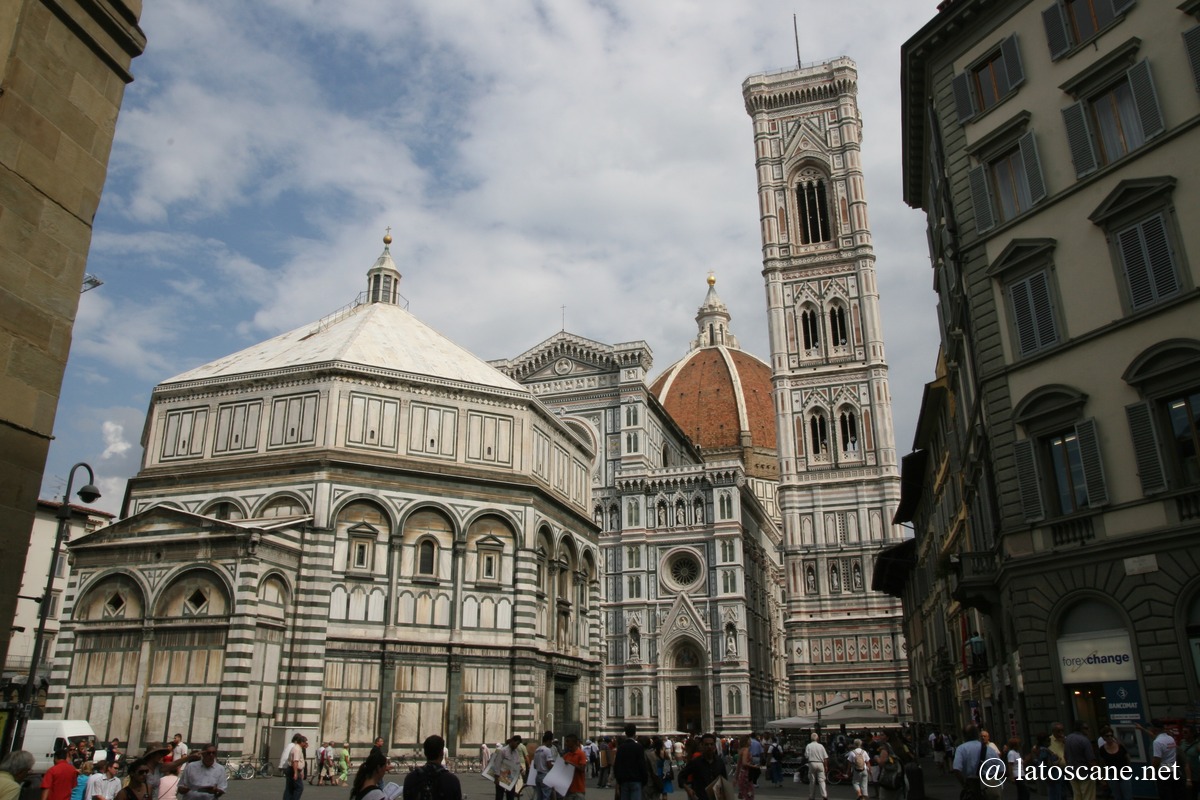

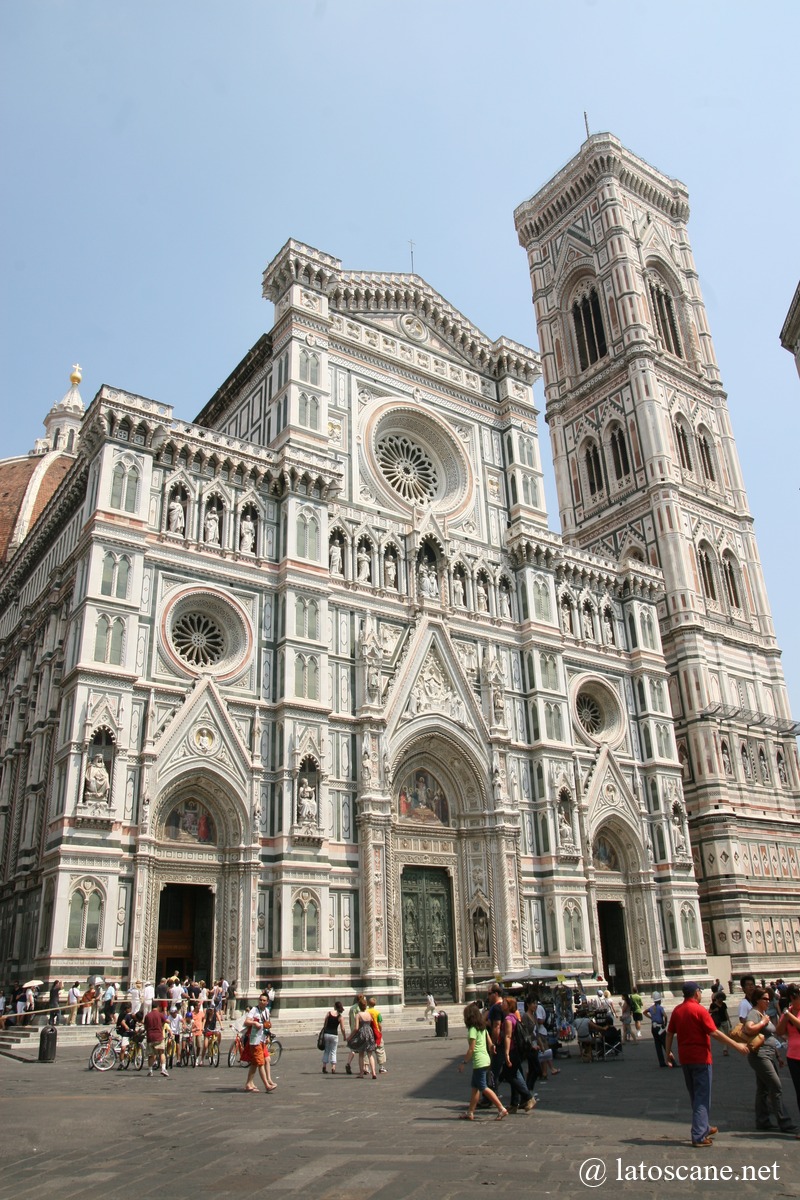
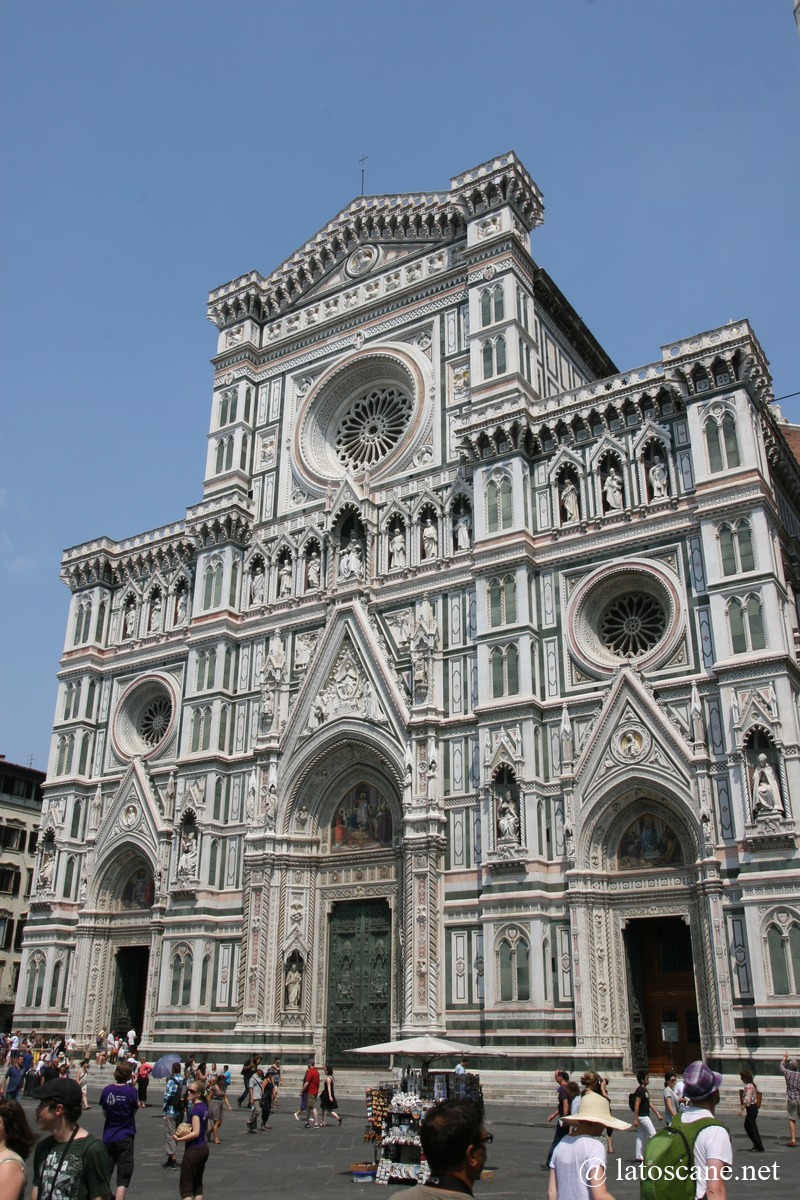
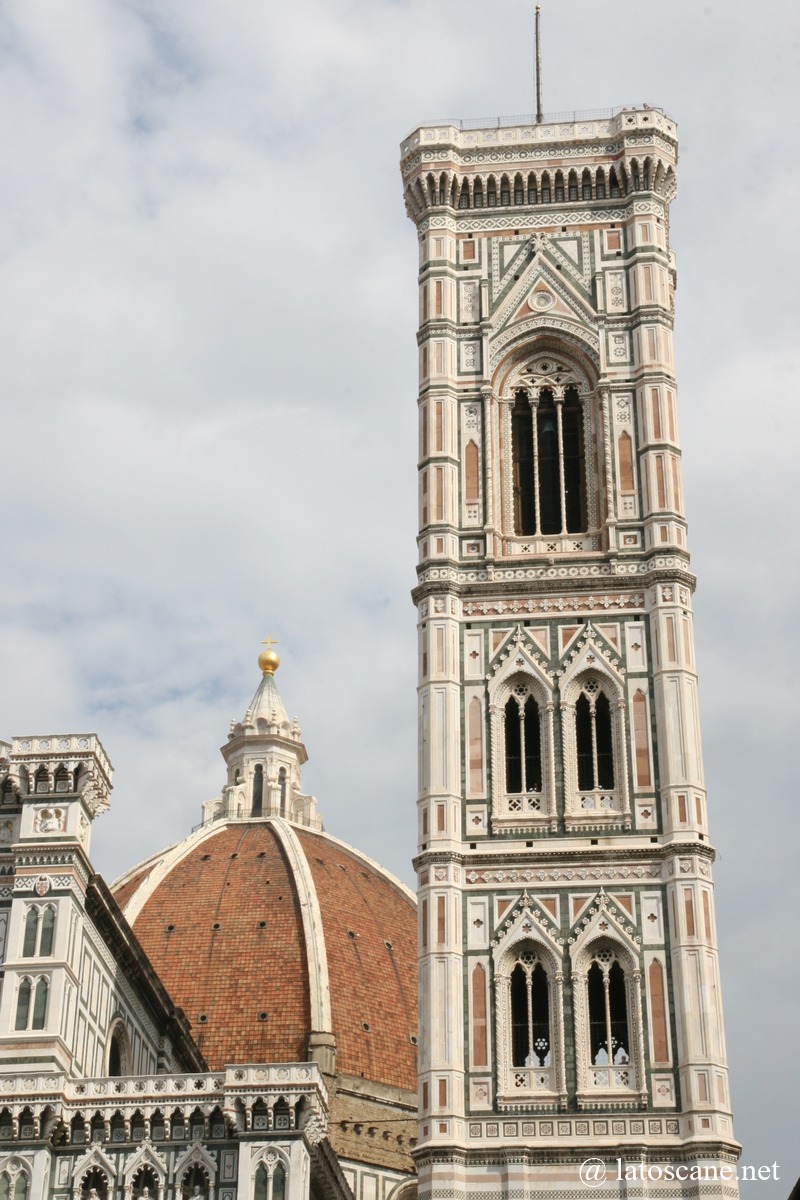
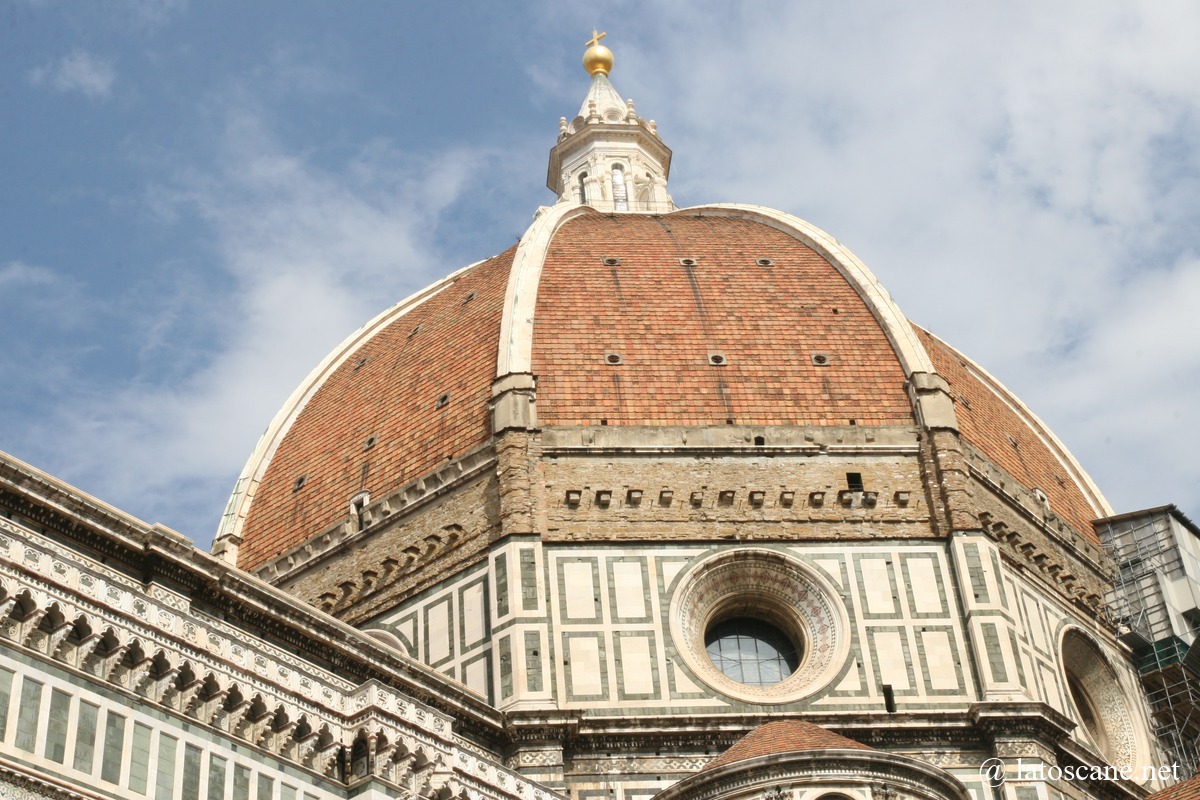
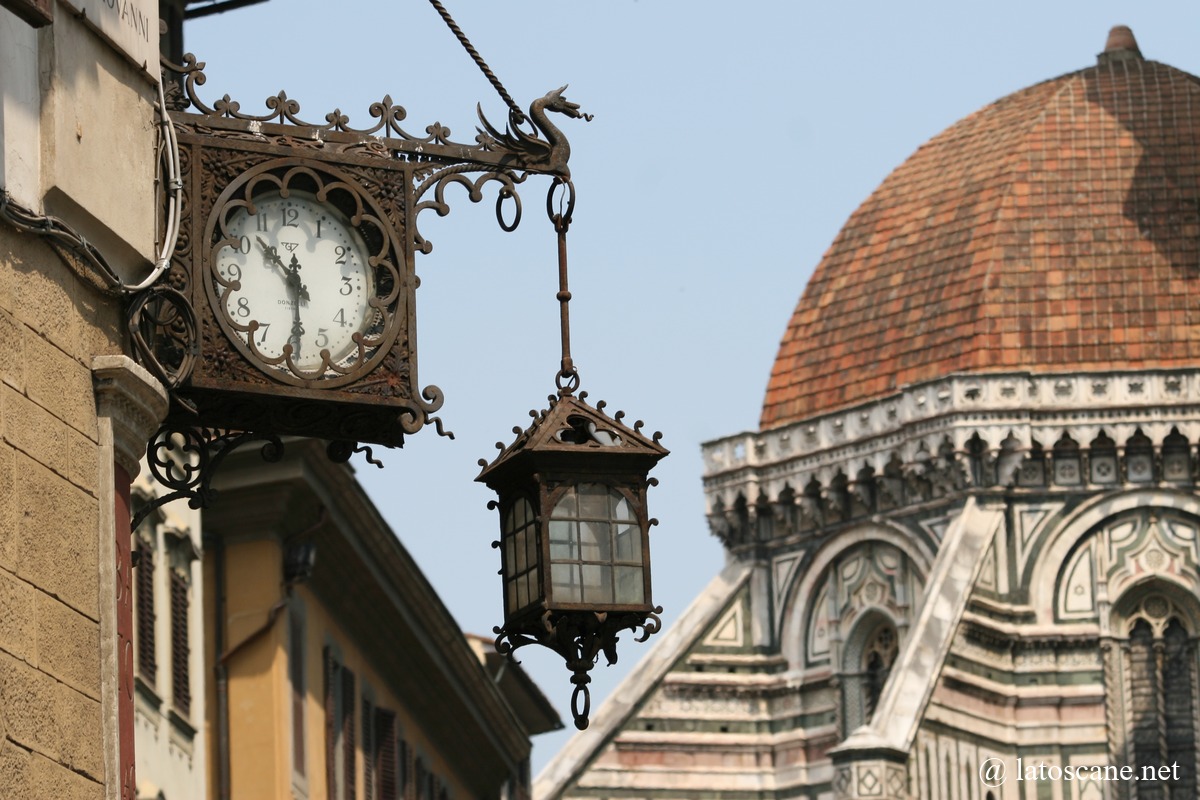
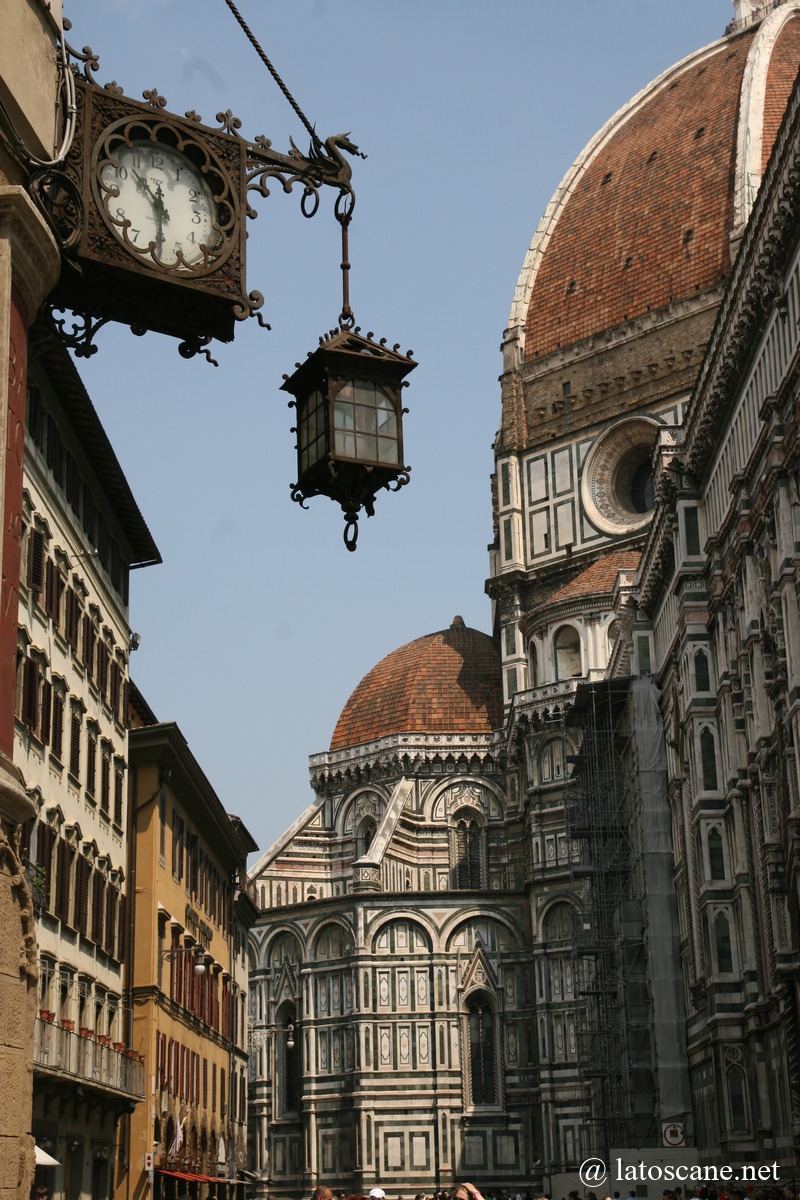
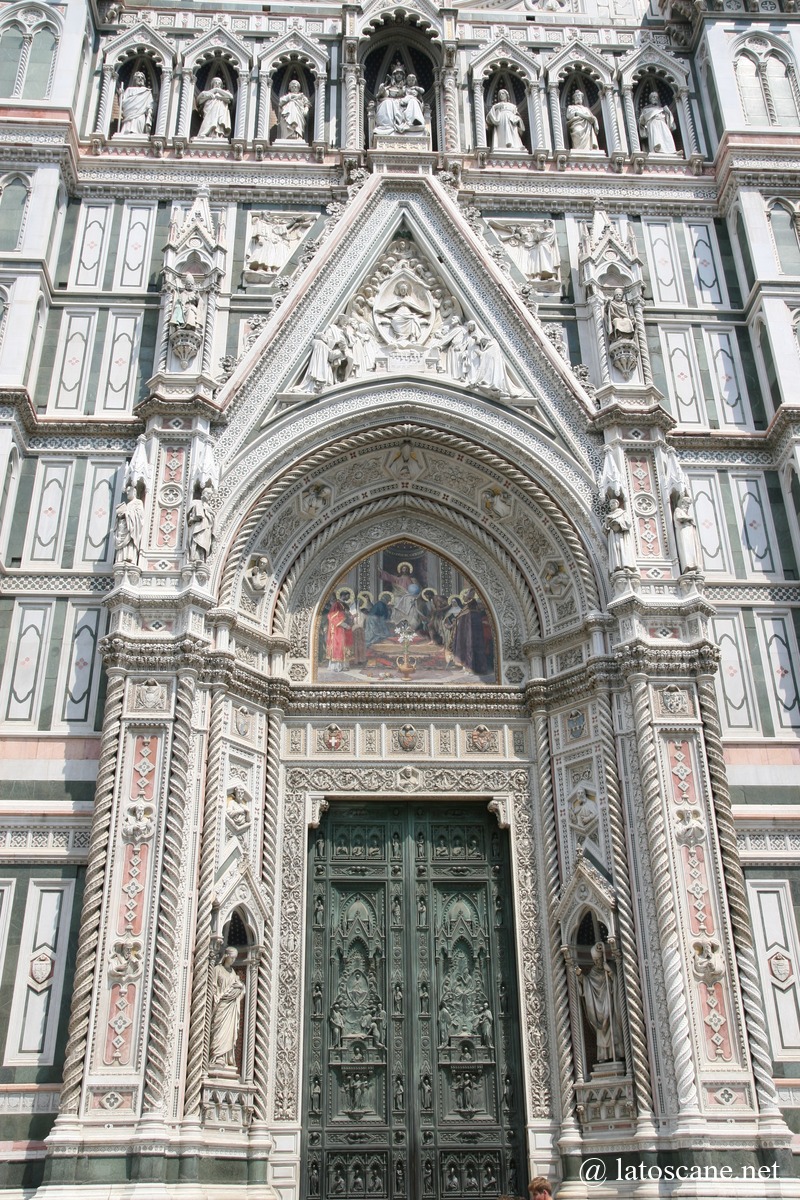
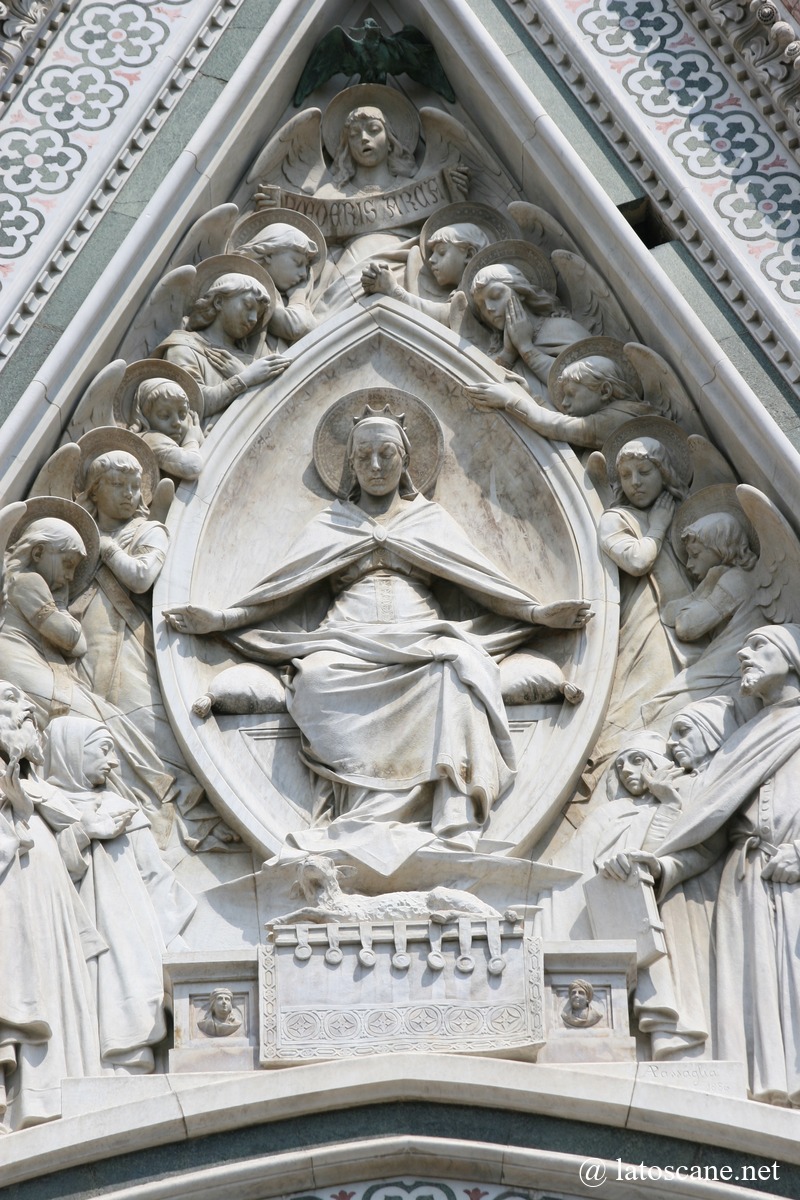
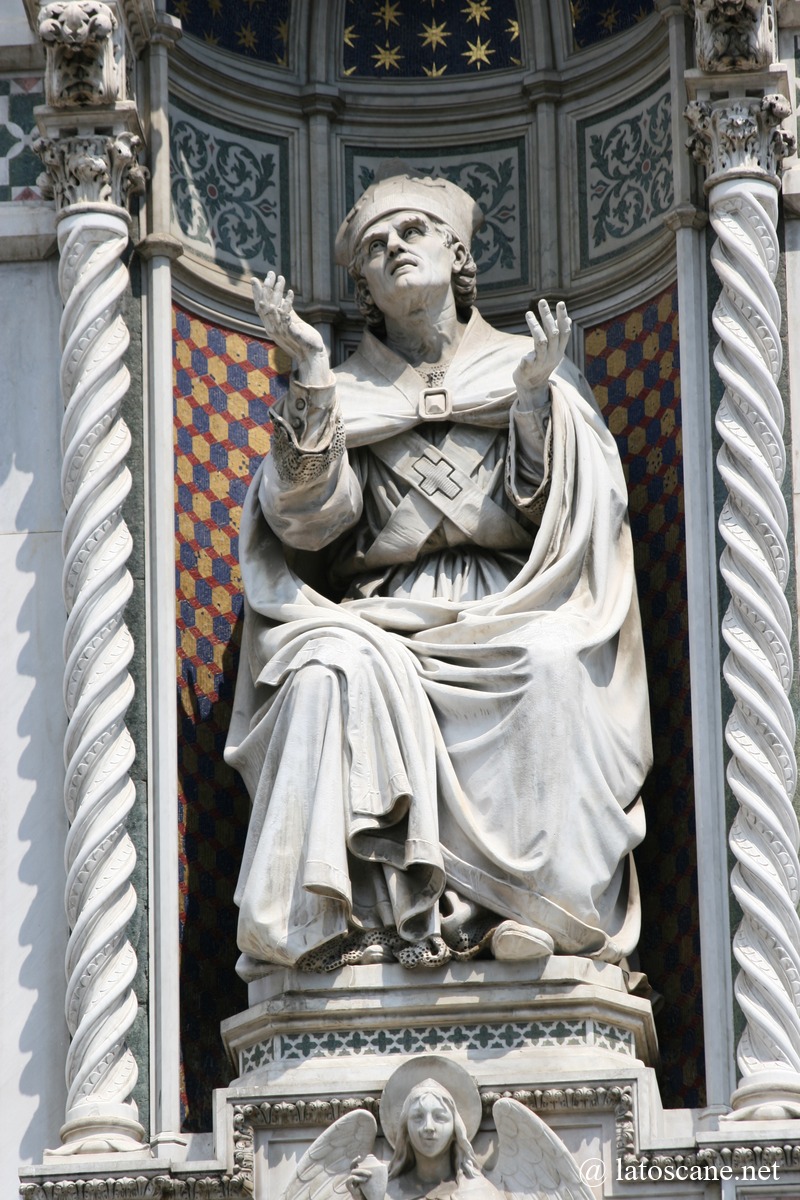
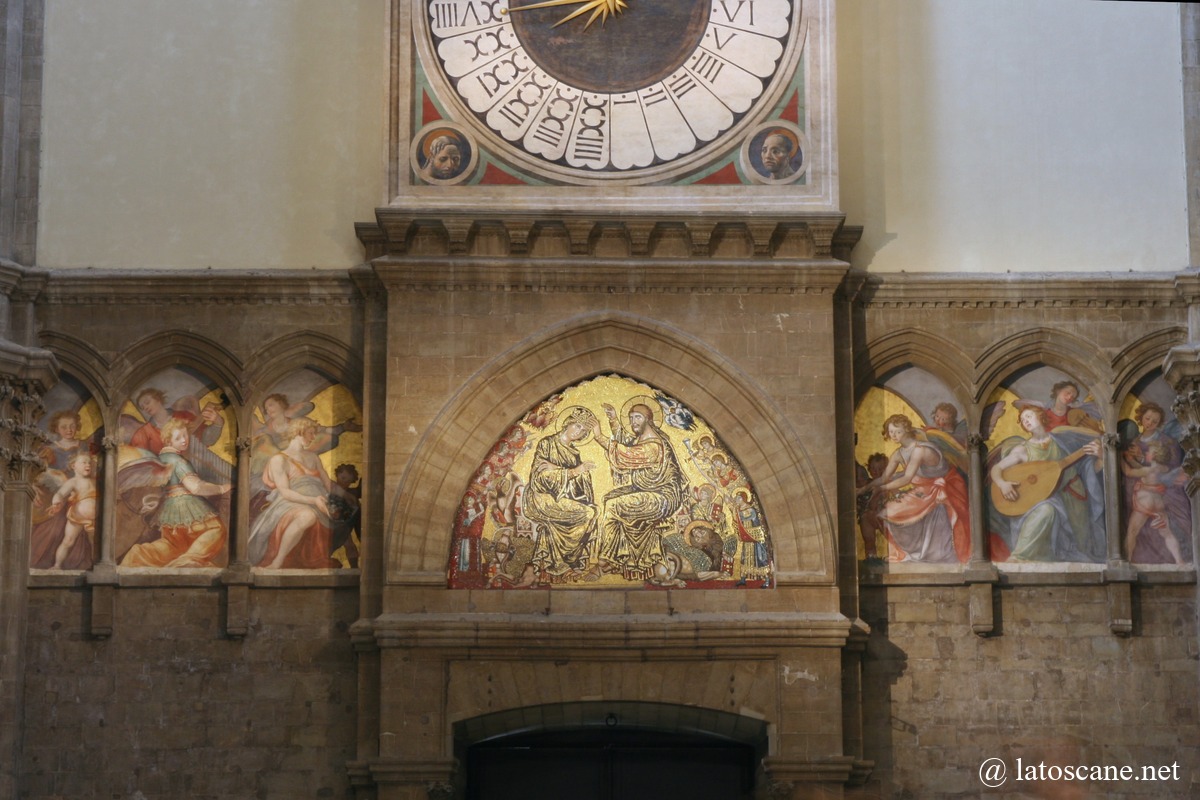
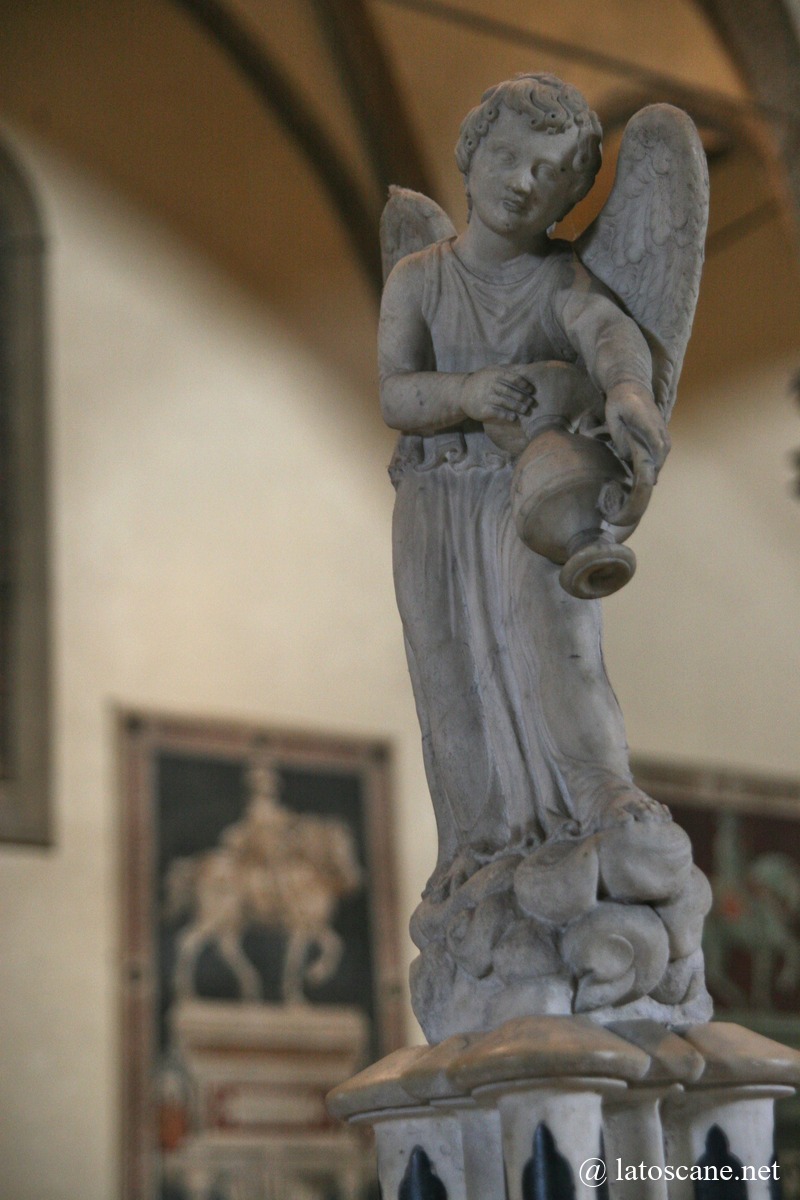
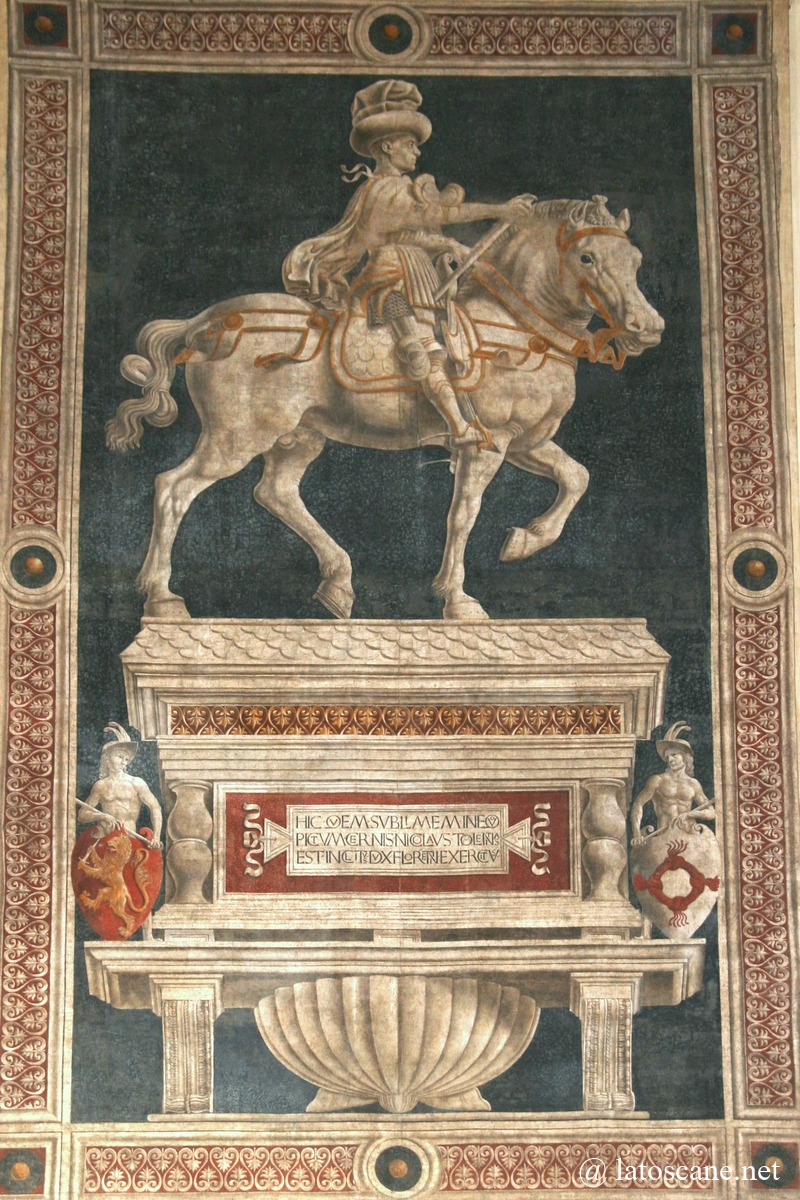
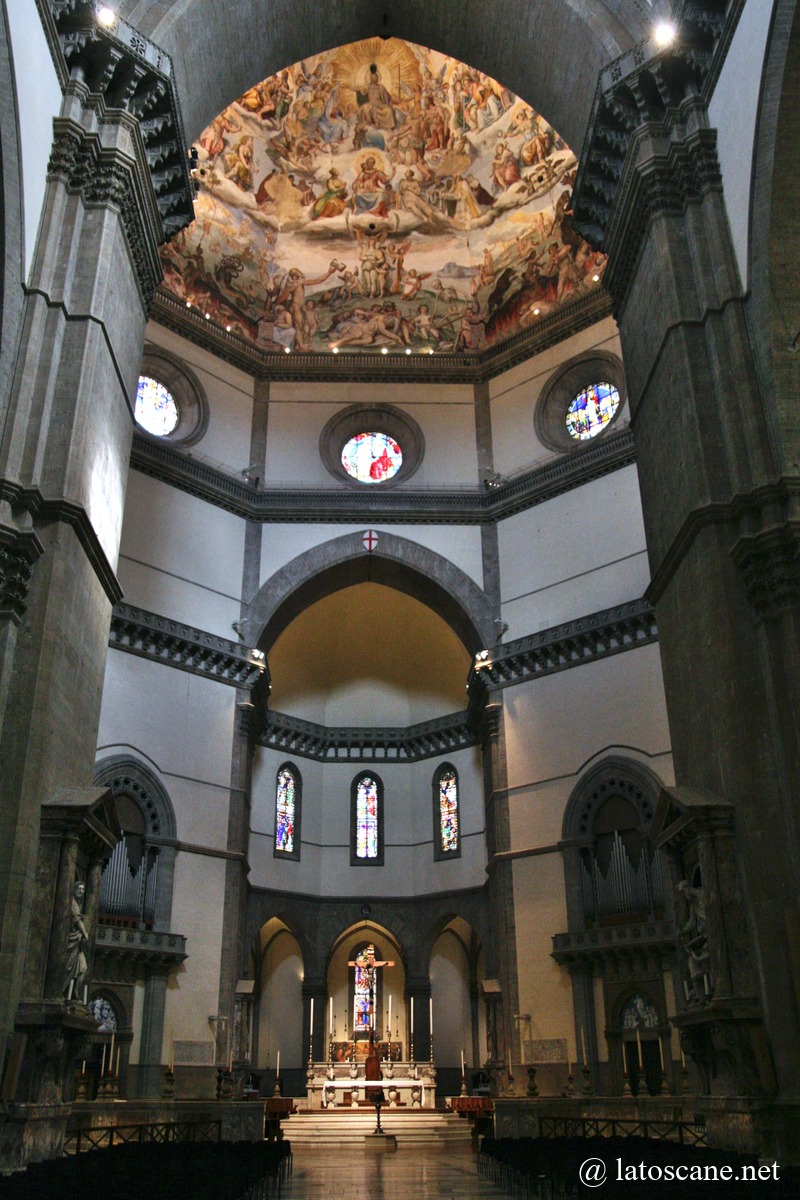
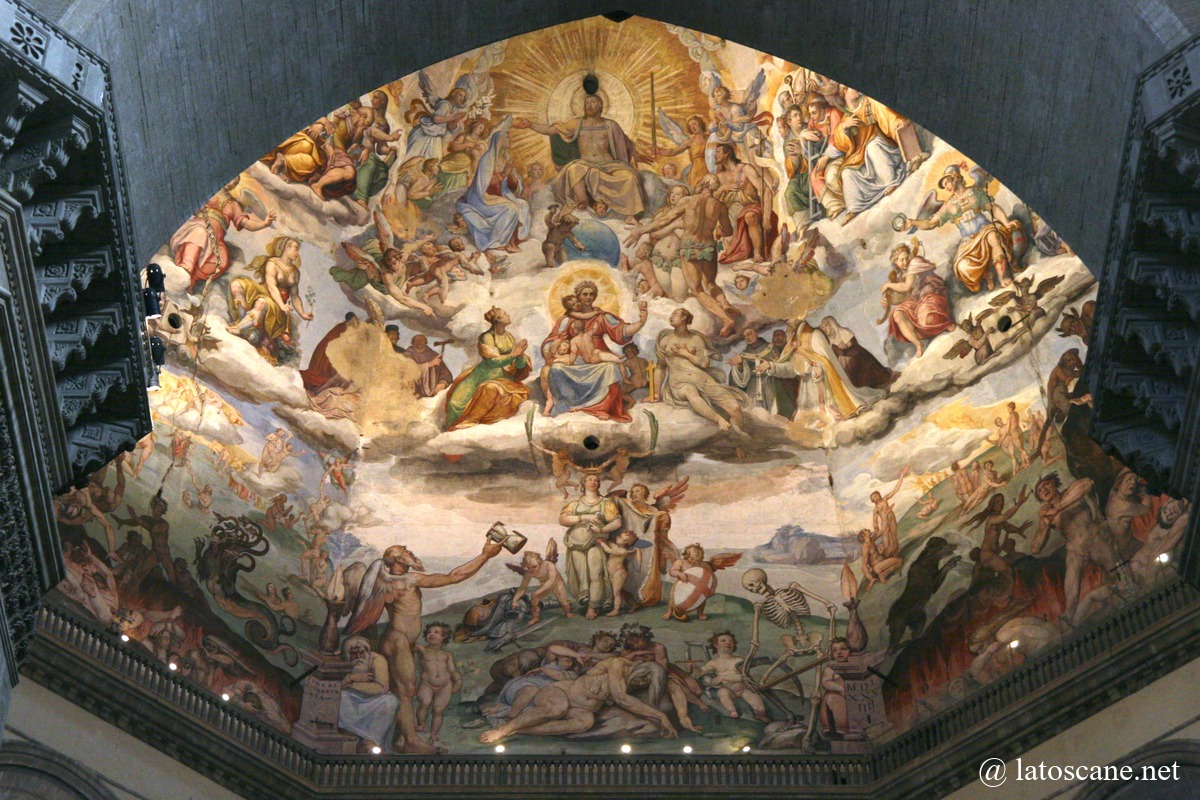
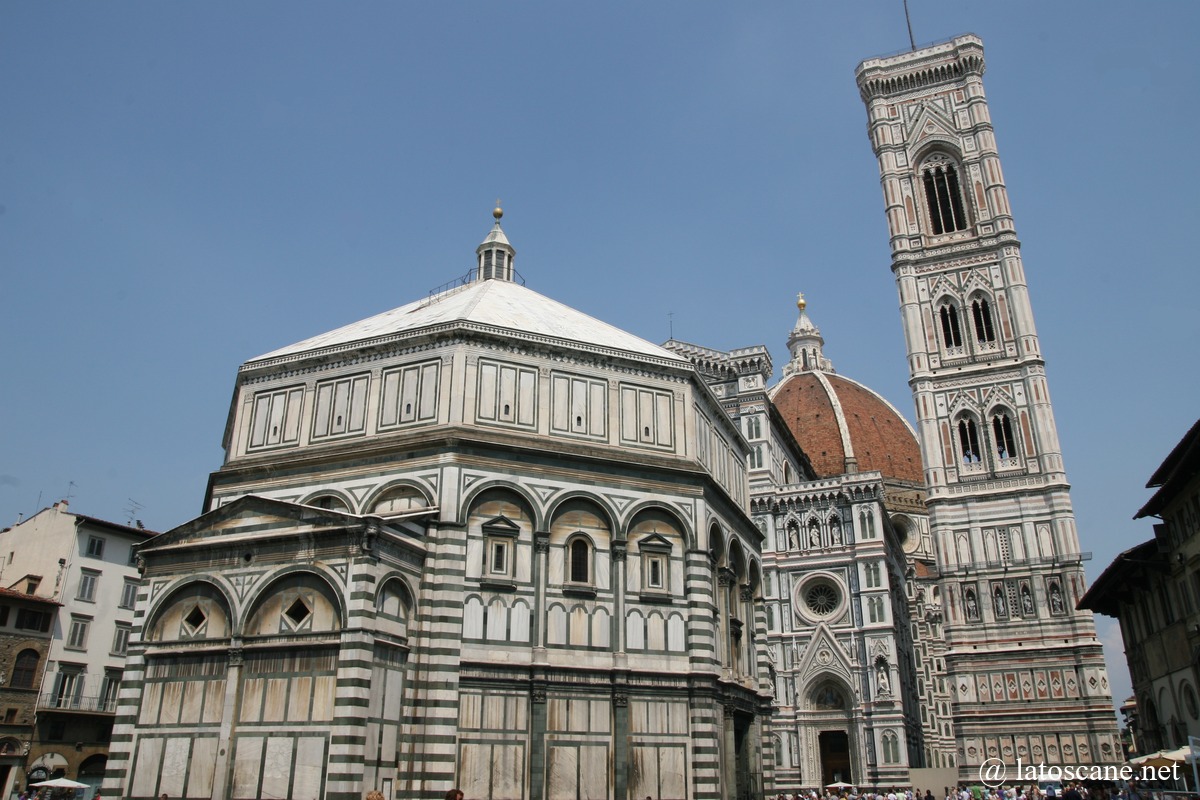
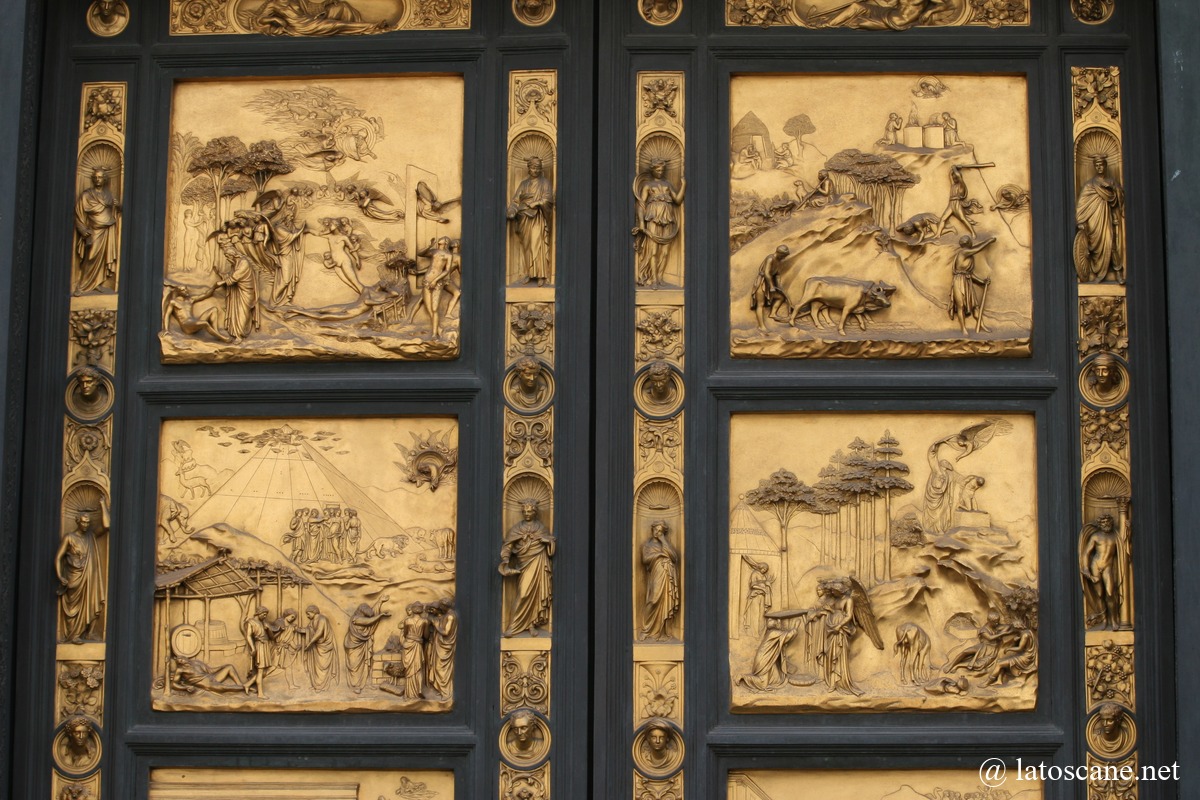
Where is Florence Cathedral, map
If you see this after your page is loaded completely, leafletJS files are missing.
Information, opening hours, tickets and links
Opening hours and prices
- Admission to the cathedral (nave only) is free, except during services and Sunday morning mass (closed).
- Visiting the complex (dome, baptistery, bell tower, crypt and Opera del Duomo Museum) requires a combined ticket, valid for several buildings.
- Brunelleschi Pass (Dome + Bell Tower + Museum + Baptistery + Santa Reparata) – Full price: €30 – Reduced (ages 7–14): €12 – Free: ages 0–6
- Giotto Pass (Bell Tower + Museum + Baptistery + Santa Reparata, without Dome) – Full price: €20 – Reduced (ages 7–14): €7 – Free: ages 0–6
- Ghiberti Pass (Museum + Baptistery + Santa Reparata, without Dome or Bell Tower) – Full price: €15 – Reduced (ages 7–14): €5 – Free: ages 0–6
- Cathedral (nave) – Free entry (except during religious services and Sunday morning).
- Brunelleschi’s Dome can only be visited with a mandatory timed reservation.
- Opening hours vary depending on the monuments: in general, the cathedral is open from 10:00 to 16:30, the dome from 8:15 to 19:30, the bell tower from 8:15 to 19:45, and the museum from 9:00 to 19:45 (last entry about 45 minutes before closing). Hours may change during religious holidays or restoration work, so it is recommended to check for updates before visiting.
Useful links
- Official website of Florence Cathedral (Duomo)
- Wikipedia page – Florence Cathedral (Santa Maria del Fiore)
Articles on Florence
- Florence
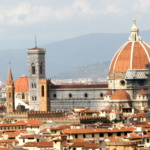 Florence, the capital of Tuscany crossed by the Arno River, has approximately ...
Florence, the capital of Tuscany crossed by the Arno River, has approximately ... - What to see in Florence: monuments, squares and museums
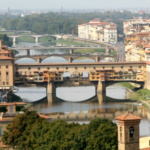 To explore Florence, at least 3 days are needed. The historic center, ...
To explore Florence, at least 3 days are needed. The historic center, ... - Interactive map of Florence
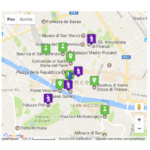 Map of Florence with its major monuments, places and museums Articles about Florence
Map of Florence with its major monuments, places and museums Articles about Florence - Hotels in Florence
 Hotels in Florence
Hotels in Florence - Visit Florence in 2 or 3 days
 A three-day stay in Florence allows you to discover the main Renaissance ...
A three-day stay in Florence allows you to discover the main Renaissance ... - Tickets and tours in Florence
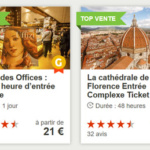 Florence touristic pass and combined tickets Excursions, visites guidées et billets à Florence Into ...
Florence touristic pass and combined tickets Excursions, visites guidées et billets à Florence Into ... - 16 Tuscan foods to try
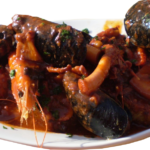 The Tuscan cuisine, particularly Florentine, is a celebration of simplicity and high-quality ...
The Tuscan cuisine, particularly Florentine, is a celebration of simplicity and high-quality ... - Palazzo Vecchio of Florence and museum
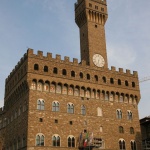 The Palazzo Vecchio (lit. “Old Palace”), one of the most iconic buildings ...
The Palazzo Vecchio (lit. “Old Palace”), one of the most iconic buildings ... - Ponte Vecchio
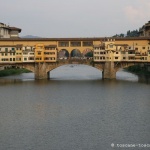 The Ponte Vecchio (lit. “the Old Bridge”) is one of the most ...
The Ponte Vecchio (lit. “the Old Bridge”) is one of the most ... - Piazza della Signoria
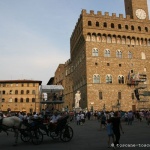 Piazza della Signoria is the political and historical heart of Florence. Located ...
Piazza della Signoria is the political and historical heart of Florence. Located ... - Churches in Florence
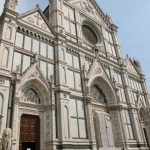 Florence, the cradle of the Renaissance where architecture, art, and history meet ...
Florence, the cradle of the Renaissance where architecture, art, and history meet ... - Museums in Florence
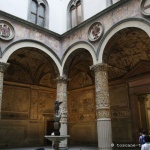 Florence, cradle of the Renaissance, is a true capital of art and ...
Florence, cradle of the Renaissance, is a true capital of art and ... - Uffizi Gallery
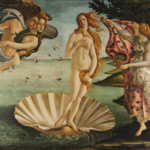 La Uffizi Gallery in Florence is one of the most famous museums ...
La Uffizi Gallery in Florence is one of the most famous museums ... - Santa Croce Basilica in Florence
 The Basilica of Santa Croce, built beginning in 1294, is the largest ...
The Basilica of Santa Croce, built beginning in 1294, is the largest ... - Santa Maria Novella Basilica in Florence
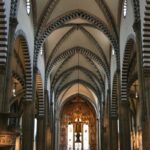 Santa Maria Novella is the large Dominican church located at the entrance ...
Santa Maria Novella is the large Dominican church located at the entrance ... - Palazzo Pitti, its museums and the gardens of Boboli
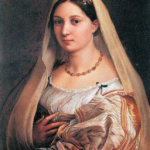 Palazzo Pitti is one of the largest buildings in Florence and a ...
Palazzo Pitti is one of the largest buildings in Florence and a ... - Gallery of the Academy of Florence
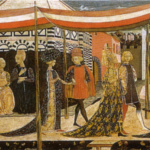 The Gallery of the Academy (Galleria dell’Accademia in Italian) is one of ...
The Gallery of the Academy (Galleria dell’Accademia in Italian) is one of ... - Typical cuisine of FlorenceThe Tuscan cuisine is based on simple, high-quality ingredients, reflecting a strong ...


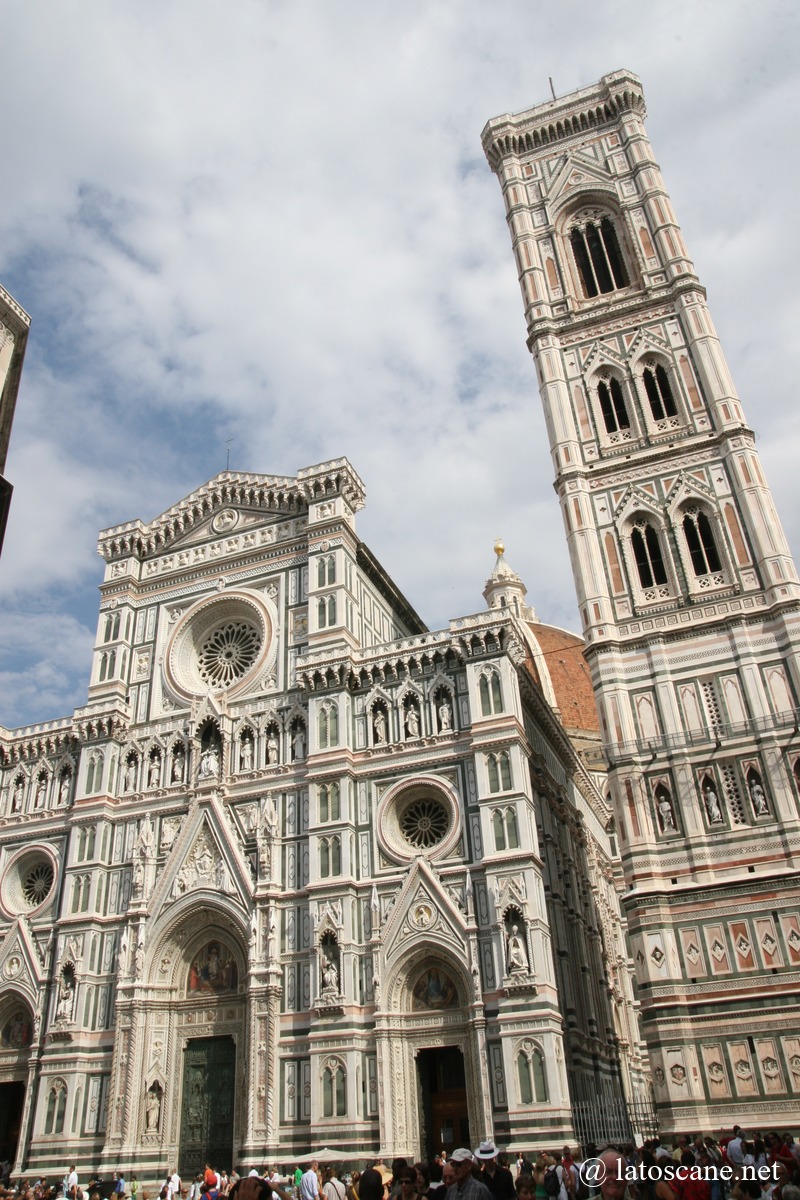
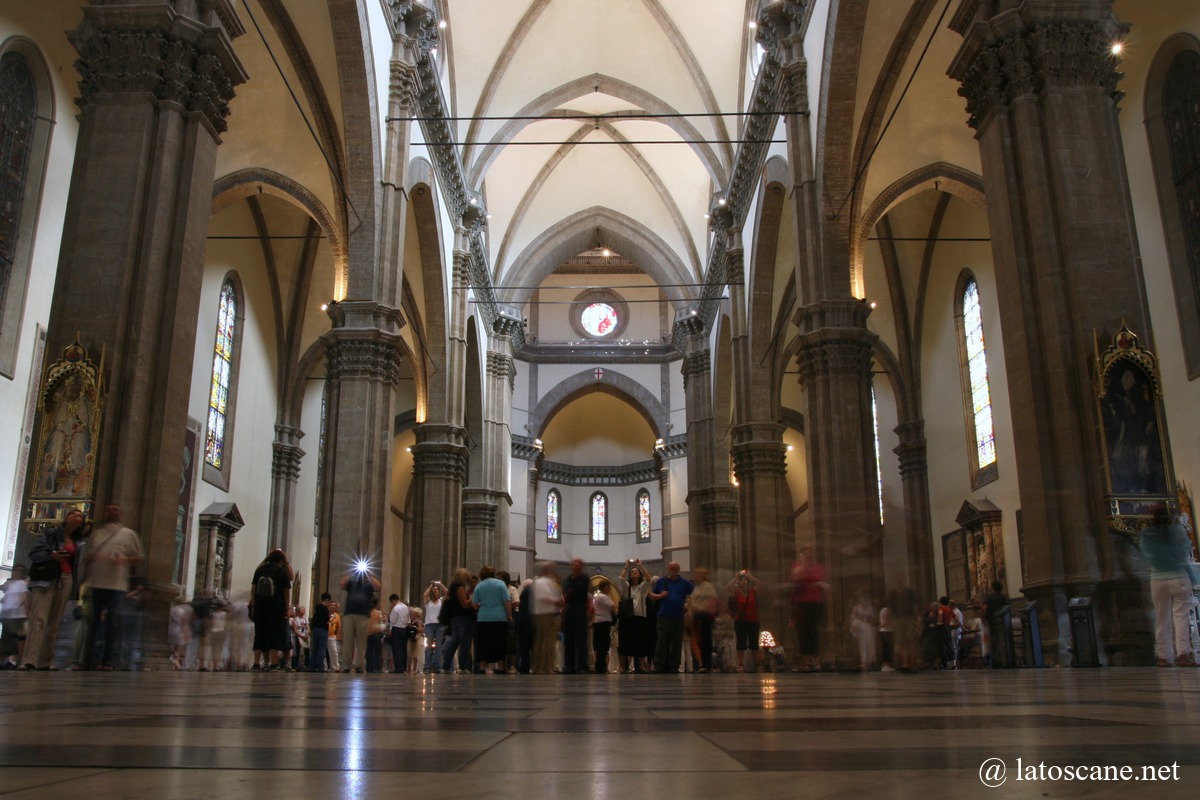
No Comments Yet